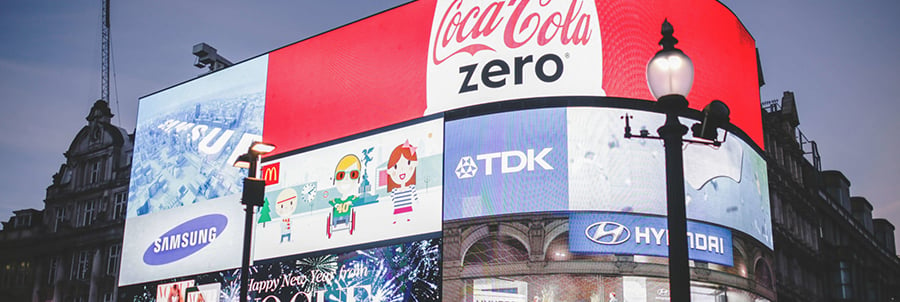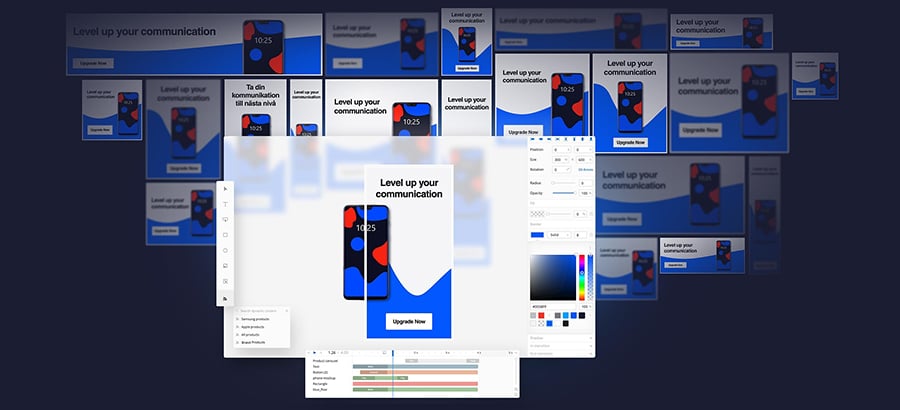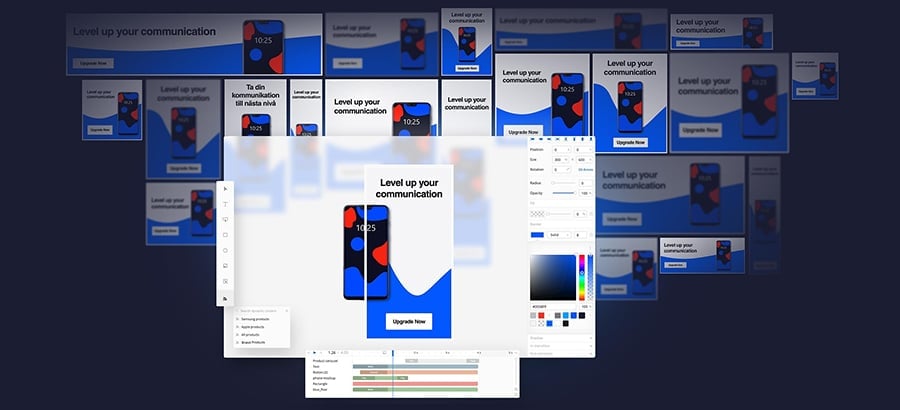
An introduction to Video on Demand (VOD): AVOD, SVOD & TVOD
Millions of people are embracing video on demand (VOD), with the distribution platform expected to attract 164.9 million viewers by 2025. But VOD isn’t just reserved for consumers and dominated by streaming giants such as Netflix or Disney.
It is front-of-mind for businesses, especially content creators.
But what is Video on Demand and the various components that make up the media distribution platform?
This guide focus on an introduction to the following components of Video on Demand:
- Advertising Video on Demand (AVOD)
- Subscription Video on Demand (SVOD)
- Transactional Video on Demand (TVOD)
- Over The Top video (OTT).
It is no secret that video is, by some distance, the most engaging medium for audiences. People seek out videos for entertainment, education and information as it is generally easier to digest than written articles.
A study by Wyzowl found that 88% of people have been convinced to purchase a product based on watching a brand’s video. They also found that 96% have sought out a video to learn more about a product or service.

Defining VOD, AVOD, SVOD & TVOD
Before we go any further, let’s take a step back and understand exactly what these alphabet terms are that encompass VOD:
- Video on Demand (VOD): VOD is a content distribution platform that lets viewers choose when, where and how they view media. For example, an embedded video within a website is VOD at its simplest. The reader can decide when they watch the video. In short, VOD lets users watch content in a convenient and accessible manner.
- Advertising Video on Demand (AVOD): AVOD is a content model where viewers must watch a video before unlocking the content they choose to view. For example, YouTube ads that run before the main video play (sometimes during or even after). Whilst they can be rewarding in terms of revenue and brand awareness, they can come at the cost of consumer irritability for being forced to engage with the advert.
- Subscription Video on Demand (SVOD): SVOD is a subscription-based service where viewers can watch unlimited content in exchange for a regular monthly fee. Think Netflix or Amazon Prime. The exchange is mutually beneficial and flexible, but they present challenges for the platform. Viewers can end their subscriptions at short notice, and there is pressure to add new content to the platform to retain viewer loyalty.
- Transactional Video on Demand (TVOD): TVOD is essentially the opposite of SVOD. Instead of subscribing to a VOD service, users purchase content on a pay-per-view basis. This can either be a fee in exchange for permanent access to the content (electronic sell-through) or a temporary rental of the content (download to rent). Familiar examples of TVOD include Apple iTunes or Amazon’s video store.
Now that we have defined those four terms, let’s understand the importance of choosing a suitable monetisation model.

Monetisation models for Video on Demand
Subscription Video on Demand (SVOD) is generally considered the most lucrative monetisation model.
Latest findings from Business Insider state that over half of Americans, for example, subscribe to Netflix. But SVOD isn’t just reserved for the kings of video streaming; it can be leveraged successfully by smaller businesses thanks to a theory known as the membership economy.
A user can be easily enticed to pay a set fee each month for unlimited video content. It can be harder to get them to pay the same amount for limited access to the same content under a TVOD method.
SVOD allows viewers to watch content at a time and place of their choosing without feeling rushed. This is the opposite of TVOD content, where viewers have a small window to watch content before losing it. For providers, the SVOD model means they can enjoy the continued custom of their members.
That’s not to say SVOD is the only method of monetisation.
Depending on your business offering, TVOD or even AVOD may be more worthwhile. Take the iGaming industry, for example. The global video game market is expected to reach more than $317 billion by 2027, according to eConsultancy. Whilst UK-based surveys have found that 37% of us played mobile games more during the pandemic.
As those markets have increased, so has the demand for OTT (Over The Top video) advertising in the sector. Ad spend on OTT services is expected to reach $2.3 billion by 2025. Whilst most of this spend will be driven by SVOD, there is room to monetise with TVOD, as The Business Research Company points out.
But what about AVOD? Less lucrative or less sophisticated than advertising via SVOD or TVOD?
The answer is no. In fact, it can be equally as successful if deployed correctly.
The global AVOD market is huge, and how the business model can be monetised is a well-trodden path:
- Content publishers can create high-quality content that attracts large audiences. This, in turn, attracts advertisers to pay to advertise pre-roll or post-roll on their content.
- Advertisers can leverage the content creator’s audience to ensure they reach a relevant and engaged viewership via their ads. This ultimately helps provide a stronger ROI.
- Viewers are the filling of this VOD sandwich. They want to consume the content creator’s material, but they also have to consume advertisers’ content. In short, advertisers are paying for their attention.
That all comes together to increase audience engagement and reach, whilst providing a more personalised approach to advertisers.
Moreover, the business model is expected to generate even further growth for the AVOD sector. Castr predicts that the industry will grow by 144% during the next decade to reach global revenues of $66 billion.
As the demand for OTT content soars – and is expected to continue to grow over the coming years – business models will continue to evolve and transform across sectors. Your business must be well-placed to take advantage of VOD.
If you’re interested in learning more about how Bannerflow can help you create and manage video display ads, get in touch.
Share this article






